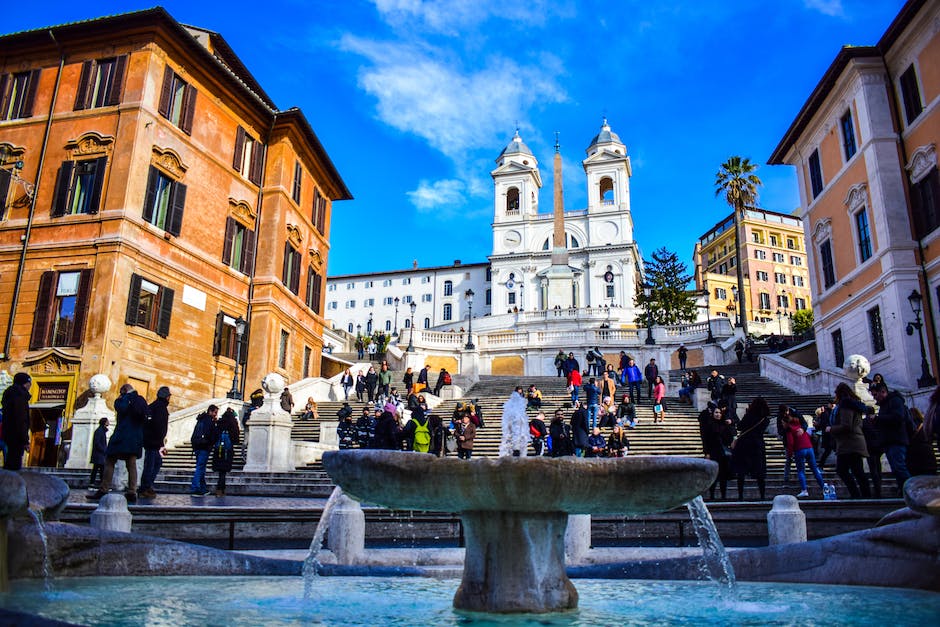Table of Contents
Central Europe is a region that boasts a rich cultural heritage, breathtaking landscapes, and a history that stretches back centuries. As the heart of Europe, it is home to several countries, each with its unique characteristics and contributions to the world. From medieval castles to vibrant cities, Central Europe has something for everyone to explore and discover. In this blog post, we will delve into the fascinating aspects that make Central Europe truly stand out. Join us as we embark on a journey to uncover the wonders and traditions that this extraordinary region is known for.
Central Europe’s Rich cultural heritage (art, music, and literature)
Central Europe has long been celebrated for its rich cultural heritage, captivating the world with its artistic prowess, mesmerizing music, and inspiring literature. Throughout the centuries, this region has produced some of the greatest artistic masterpieces, influential musical compositions, and thought-provoking literary works that have had a profound impact on the world.
Art in Central Europe is a testament to the region’s diverse and vibrant creative spirit. From breathtaking Renaissance paintings to avant-garde contemporary art, the art scene in Central Europe has always been at the forefront of artistic innovation. The works of renowned artists such as Albrecht Dürer, Gustav Klimt, and Wassily Kandinsky have left an indelible mark on art history, captivating audiences with their unique styles and profound messages.
Music has always held a special place in Central Europe, with the region being home to some of the most celebrated composers of all time. The compositions of Ludwig van Beethoven, Wolfgang Amadeus Mozart, and Franz Schubert continue to be admired and performed worldwide. Central Europe’s musical heritage is not limited to classical music alone; it has also contributed significantly to various genres, including folk music, opera, and contemporary music, showcasing the region’s incredible diversity and musical talent.
Literature from Central Europe has left an enduring legacy, with its powerful storytelling and profound philosophical insights. From the works of Franz Kafka and Milan Kundera to Thomas Mann and Friedrich Nietzsche, Central European literature has explored the depths of the human experience and delved into complex social and political issues. These literary works continue to resonate with readers across the globe, igniting conversations and inspiring thought-provoking discussions.
Central Europe’s rich cultural heritage in art, music, and literature stands as a testament to the region’s immense talent and creative spirit. It is a treasure trove of inspiration, offering a glimpse into the collective soul of the people who have called this region home. Whether it is the stunning visual art, the soul-stirring melodies, or the profound words found within its literature, Central Europe’s cultural heritage continues to captivate and inspire generations, leaving an indelible mark on the world.
Vibrant festivals and traditions
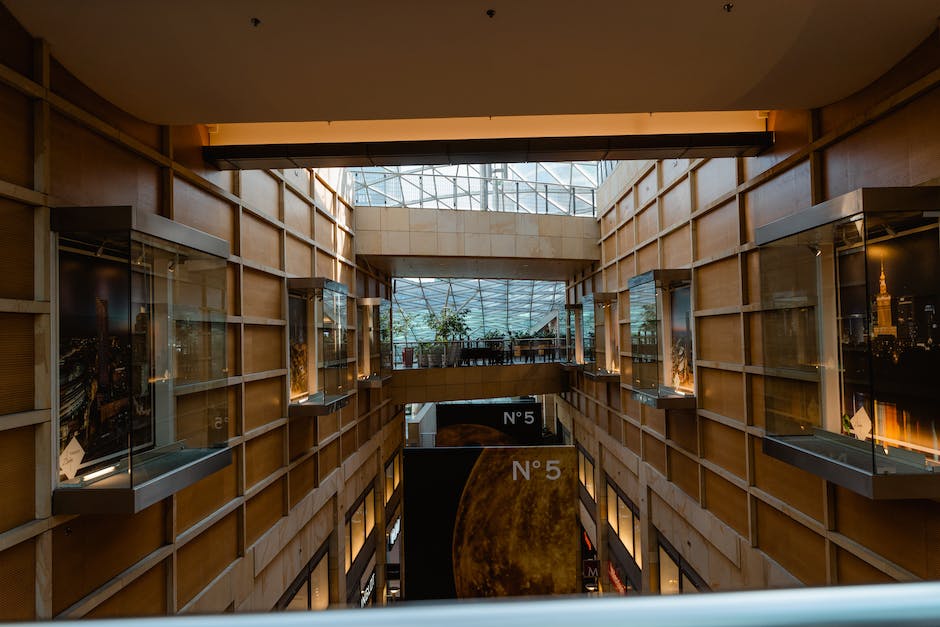
Central Europe is known for its vibrant festivals and rich traditions that showcase the region’s cultural diversity and deep-rooted history. People from all over the world flock to Central Europe to experience firsthand the lively celebrations and unique customs that have been passed down through generations.
One of the most famous festivals in Central Europe is Oktoberfest, held in Munich, Germany. This beer-centric event attracts millions of visitors each year, who come to indulge in traditional Bavarian cuisine, enjoy live music, and of course, partake in the world-renowned beer festivities. Oktoberfest is not just a festival but a celebration of beer, friendship, and the Bavarian way of life.
In neighboring Austria, the Salzburg Festival takes the spotlight, captivating audiences with its world-class opera, theater performances, and classical music concerts. With a rich musical heritage that includes Mozart, Salzburg serves as the perfect backdrop for this prestigious festival. The city comes alive with music, attracting both aspiring artists and seasoned performers from around the globe.
Moving further east to Hungary, the Budapest Spring Festival is a celebration of arts and culture. This multidisciplinary festival features a wide range of performances, including classical music, jazz, dance, theater, and visual arts. Visitors can immerse themselves in the enchanting atmosphere of Budapest, exploring the city’s historical landmarks during the day and being captivated by cultural performances in the evening.
Poland boasts one of the most impressive Easter traditions in Central Europe. In the city of Kraków, the streets come alive with processions, concerts, and religious ceremonies throughout Holy Week. The climax of these celebrations is the Easter Monday Smigus-Dyngus, also known as “Wet Monday.” On this day, people joyfully participate in a water fight, symbolizing the cleansing and rebirth associated with Easter.
In the Czech Republic, the vibrant town of Cesky Krumlov hosts the Five-Petalled Rose Celebrations. This medieval-themed festival commemorates the rich history of the town and invites visitors to step back in time. The streets are filled with music, dance, and re-enactments of historical events, transporting attendees to a bygone era.
Overall, Central Europe’s vibrant festivals and traditions offer a unique glimpse into the rich cultural tapestry of the region. From beer festivals to classical music performances and elaborate Easter celebrations, these events showcase the pride and passion of the Central European people. So, if you want to experience the essence of Central Europe, be sure to mark your calendars for these unforgettable festivals and traditions.
Delicious cuisine (including traditional dishes like goulash and schnitzel)
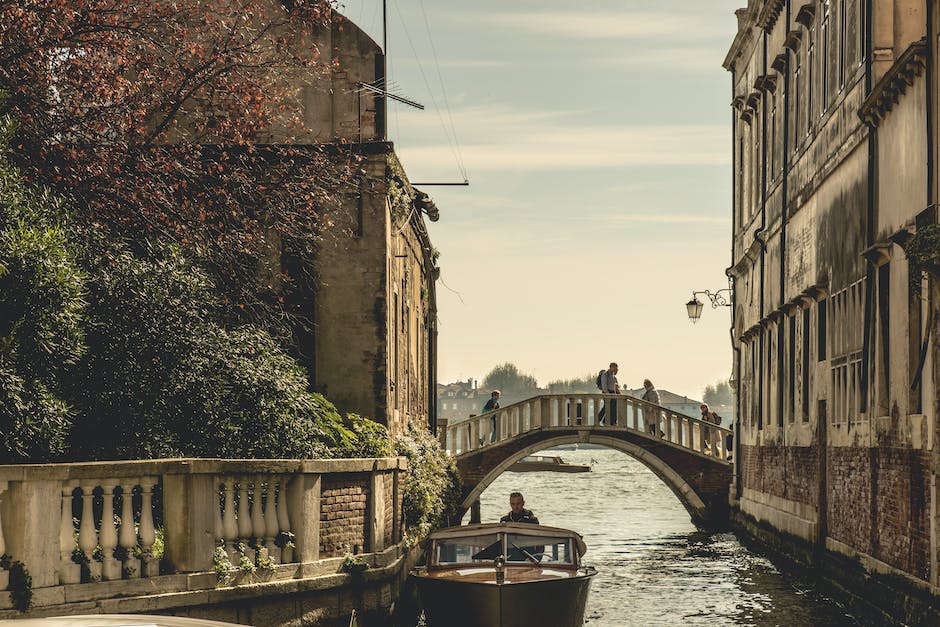
Central Europe is known for its diverse and delicious cuisine that has captivated the taste buds of food enthusiasts from around the world. One cannot explore the region without indulging in the culinary delights it has to offer. From hearty stews to delicate pastries, Central European cuisine is a treat for every food lover.
One of the most iconic dishes that hail from this region is the famous Hungarian goulash. This hearty stew is made with tender beef, paprika, and an assortment of vegetables, creating a rich and flavorful dish that warms both body and soul. Served with a side of freshly baked bread or dumplings, goulash has become a staple in Central European cuisine.
Another traditional dish that has gained international acclaim is schnitzel, originally from Austria. This breaded and fried cutlet, often made from veal or pork, is a beloved favorite that can be found in almost every Central European country. The crispy and golden exterior, perfectly complemented by a squeeze of lemon, gives the schnitzel a delightful crunch and a burst of tangy flavor.
Central Europe is also renowned for its love of pastries and desserts. A visit to this region would not be complete without trying the famous Austrian Sachertorte. This rich chocolate cake, filled with apricot jam and coated with a glossy layer of chocolate glaze, is a decadent treat that has tourists and locals alike coming back for more.
In addition to these traditional dishes, Central Europe offers a wide range of culinary delights influenced by neighboring countries. From hearty Czech dumplings to savory Polish pierogis, each country adds its own unique flavors and spices to the region’s gastronomy.
Central Europe has truly made a mark on the culinary world with its delicious and diverse cuisine. The region’s traditional dishes, such as goulash and schnitzel, continue to be popular favorites. Exploring the Central European food scene provides a delightful journey for any food lover, with its rich flavors and enticing aromas that leave a lasting impression on everyone fortunate enough to savor them.
Picturesque landscapes (mountains, lakes, and charming villages)
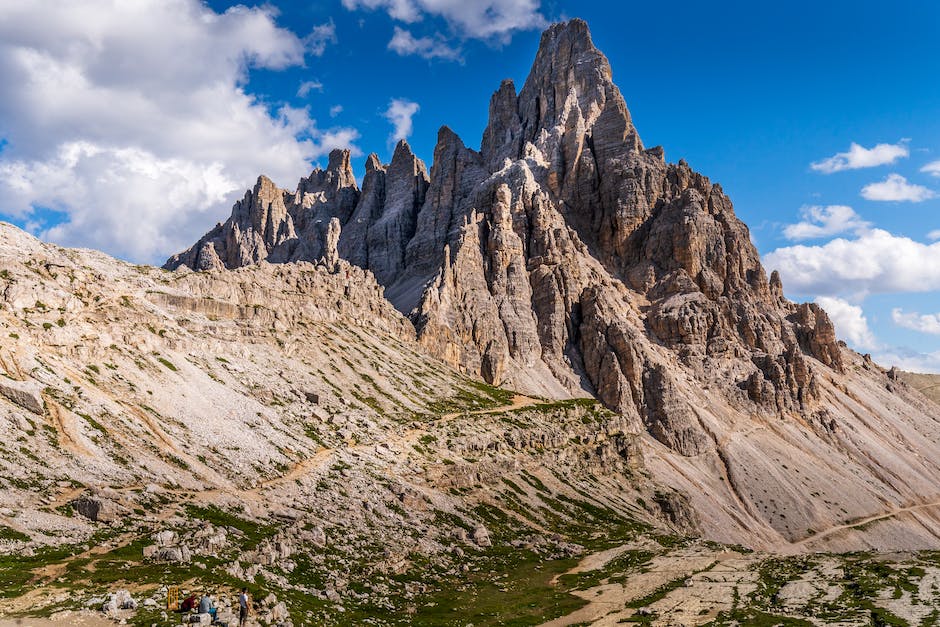
Central Europe is a region renowned for its remarkable and picturesque landscapes. From majestic mountains to stunning lakes and charming villages, this part of the world offers a visual feast that captivates all who visit.
One of the highlights of Central Europe is its breathtaking mountains. The Alps, for instance, span across countries such as Austria, Switzerland, and Slovenia. These towering peaks not only provide a scenic backdrop but also offer endless opportunities for outdoor enthusiasts. Whether you’re an avid hiker, skiing enthusiast, or simply seeking a peaceful escape, the mountains of Central Europe offer a diverse range of experiences.
Additionally, Central Europe is dotted with enchanting lakes that seem straight out of a fairy tale. Lake Bled in Slovenia is a prime example, with its crystal-clear turquoise waters, surrounded by lush greenery and a medieval castle perched on a hilltop. Not only is Lake Bled picturesque, but it also offers various recreational activities such as boating, swimming, and even a traditional pletna boat ride to the enchanting Bled Island.
Beyond the mountains and lakes, Central Europe is home to countless charming villages that exude an old-world charm. Roaming through the streets of places like Hallstatt in Austria or Cesky Krumlov in the Czech Republic feels like stepping back in time. These villages boast well-preserved historic architecture, cobblestone streets, and quaint squares where locals and visitors alike can gather and enjoy the local delicacies.
Central Europe’s picturesque landscapes are not only a treat for the eyes but also an invitation to unwind and connect with nature. Whether it’s the serene beauty of the mountains, the tranquility of the lakes, or the timeless ambiance of the charming villages, this region offers a sense of escapism that soothes the soul and rejuvenates the spirit. So, if you’re seeking a blend of stunning natural scenery and cultural charm, Central Europe should be at the top of your travel itinerary.
Historical significance (home to several influential empires and historical events)
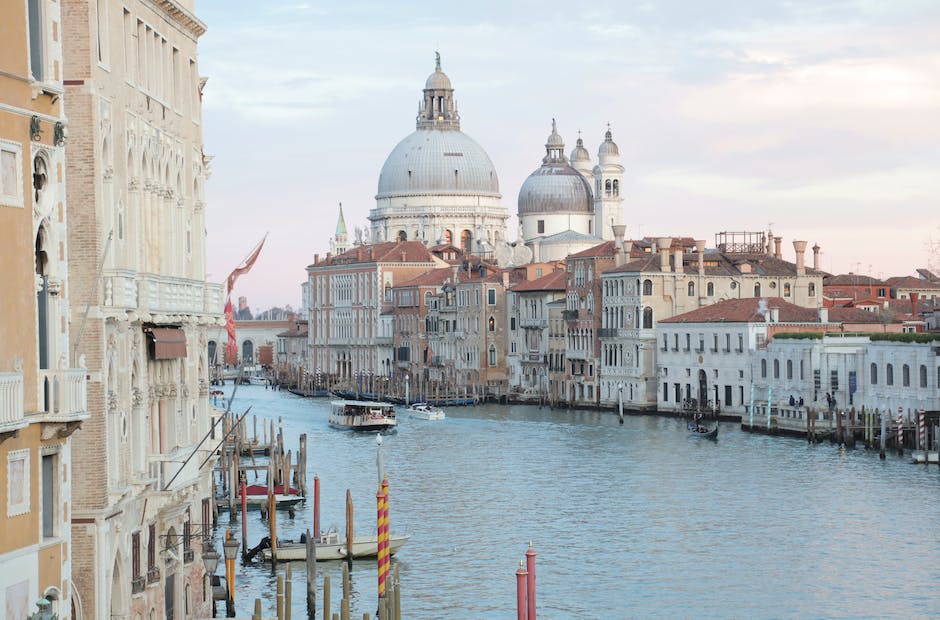
Central Europe, comprising countries such as Germany, Austria, Poland, Hungary, and the Czech Republic, is a region steeped in historical significance. Throughout the centuries, this part of the world has been home to several influential empires and has witnessed countless historical events that have shaped not only its own destiny but also that of the wider world.
One of the most notable periods in Central Europe’s history was the Roman Empire, which left a lasting impact on the region. The Romans established numerous settlements and fortifications, such as Aquincum (present-day Budapest) and Colonia Claudia Ara Agrippinensium (modern-day Cologne), which served as centers of trade, governance, and culture. The remnants of these ancient Roman sites still stand today, reminding us of the once-mighty empire’s presence in Central Europe.
During the Middle Ages, Central Europe became a battleground and a melting pot of various cultures and civilizations. The region saw the rise and fall of significant entities like the Holy Roman Empire, which at its peak controlled vast territories that encompassed much of modern-day Germany, Austria, and parts of Poland and Hungary.
In the 19th century, Central Europe played a pivotal role in the formation of modern nation-states. The Habsburg Empire, led by the Austro-Hungarian monarchy, was a diverse mosaic of peoples and cultures, fostering advancements in arts, sciences, and technology. Cities like Vienna and Prague became renowned centers of intellectual and artistic expression, attracting scholars, musicians, and artists from all corners of Europe.
Central Europe also bore witness to some of the most significant historical events of the 20th century. The region was deeply affected by World War I, which led to the dissolution of several empires, including the Austro-Hungarian Empire, and the redrawing of national borders. The aftermath of the war shaped the political landscape of Central Europe, leading to the emergence of new nation-states and the reformation of existing ones.
Moreover, Central Europe endured the totalitarian regimes of the 20th century, including Nazi Germany and Soviet-controlled Eastern Bloc countries. The region became a battleground during World War II and experienced the devastating effects of the Holocaust. The fall of the Iron Curtain in 1989 marked a turning point for Central Europe, as many countries in the region embarked on a journey of democratic reform and integration with the European Union.
In summary, Central Europe’s historical significance cannot be understated. From the influence of the Roman Empire to the formation of modern nation-states and the impact of the two World Wars, this region has a rich and often turbulent history. Understanding Central Europe’s historical background is crucial to comprehending its cultural diversity, economic development, and its current role as a hub of innovation and progress.
High-quality education and renowned universities
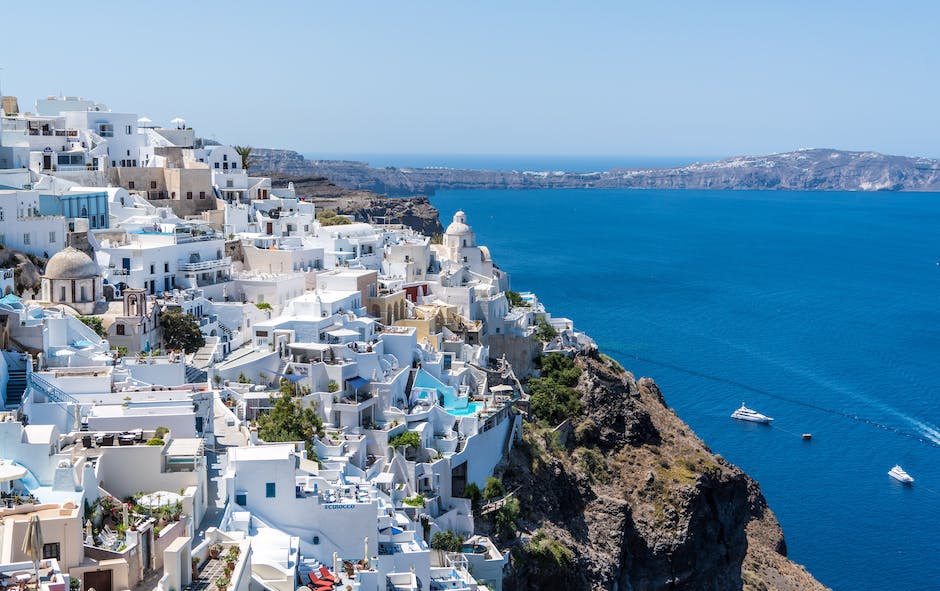
Central Europe is recognized globally for its high-quality education system and renowned universities. The region prides itself on offering excellent educational opportunities that attract students from around the world.
One of the key factors that make Central Europe’s education system stand out is its emphasis on academic excellence. The universities in this region are known for their rigorous academic standards, innovative teaching methods, and commitment to research and development. These attributes ensure that graduates are well-prepared for the challenges of the professional world.
Furthermore, Central Europe boasts a wide range of disciplines and study programs, catering to diverse interests and career paths. Whether one is interested in engineering, medicine, business, or the humanities, there is a wealth of options available in the region’s universities.
Another highlight of Central Europe’s education system is its focus on practical learning and hands-on experience. Many universities collaborate closely with industries, providing students with internships, research opportunities, and real-life projects. This approach helps students acquire practical skills and enables them to apply their knowledge in real-world settings.
Central European universities also take pride in their internationalization efforts. They actively encourage international students and offer various scholarships and exchange programs. These initiatives foster an environment of cultural diversity and provide students with the opportunity to establish global networks and benefit from different perspectives.
Moreover, the universities in Central Europe often have strong ties with the business community, creating a favorable environment for industry-academia collaboration. This collaboration allows students to gain exposure to industry practices, engage in practical projects, and build connections that can enhance their career prospects upon graduation.
Lastly, Central Europe’s education system emphasizes research and innovation. Many universities have research institutes and centers of excellence that conduct groundbreaking research in various fields. The culture of innovation permeates the academic environment, leading to advancements in science, technology, and other areas of study.
In conclusion, Central Europe’s education system and renowned universities are synonymous with quality, practicality, and innovation. Whether one is seeking a globally recognized degree, exposure to international cultures, or hands-on learning opportunities, the universities in this region provide a conducive environment for personal and professional growth.
Strong beer and brewing traditions
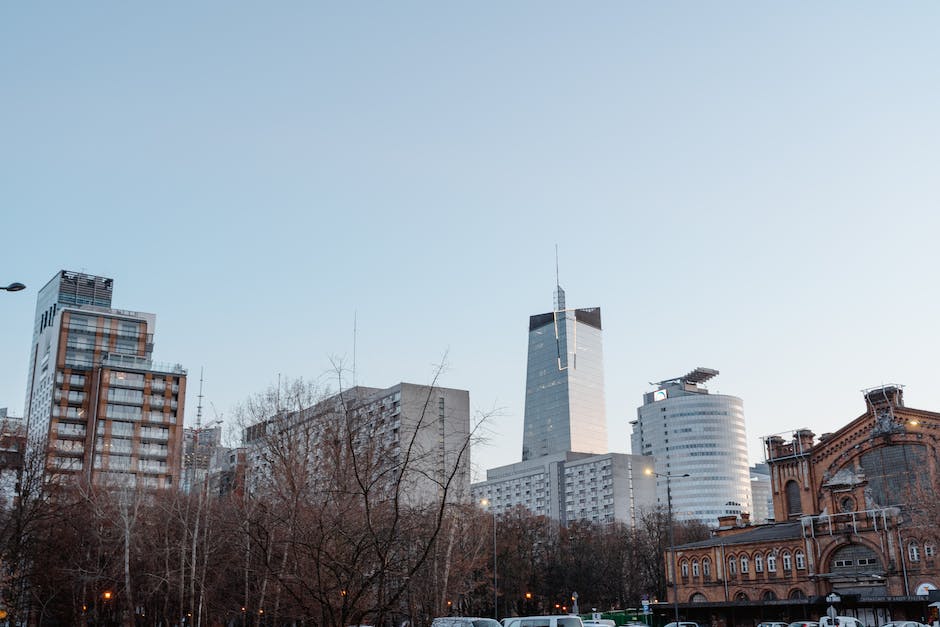
Central Europe is renowned for its strong beer and rich brewing traditions. This region is home to some of the world’s finest and most traditional breweries, producing beers that are renowned for their exquisite flavors and high alcohol content.
Throughout Central Europe, beer is not simply a beverage, but a cultural experience that has been passed down through generations. In countries such as Germany, the Czech Republic, Austria, and Poland, brewing beer is considered an art form, and the methods and techniques used are steeped in history.
One of the defining characteristics of Central European beer is its strength. The region is famous for producing beers with high alcohol content, ranging from 5% to 9% and sometimes even higher. These strong brews are carefully crafted to achieve a balance between robust flavors, smoothness, and drinkability. They are often enjoyed in moderation, becoming the centerpiece of social gatherings, celebrations, and festive occasions.
Central Europe’s brewing traditions also play a significant role in the quality and diversity of its beer. Many breweries in the region have been perfecting their craft for centuries, adhering to ancient recipes and brewing processes passed down from one generation to the next. They utilize only the finest ingredients, including carefully selected malted grains, hops, water, and yeast, to ensure the utmost quality and flavor in their beers.
In addition to its traditional brewing methods, Central Europe is also known for its unique beer styles. The Czech Republic, for instance, is renowned for its Pilsner lagers, which are characterized by their crispness, golden color, and herbal hop aroma. Germany is renowned for its diverse beer styles, including the malty and full-bodied Marzen, the refreshing Hefeweizen, and the strong and hoppy Dopplebock.
Visiting Central Europe offers beer enthusiasts the opportunity to explore a vast array of breweries and beer gardens, each with its own distinct charm and character. From cozy Bavarian breweries nestled in picturesque landscapes to bustling Prague beer halls, there is an abundance of experiences to satisfy every beer lover‘s palate.
Whether you’re a connoisseur or simply appreciate a good pint, Central Europe’s strong beer and brewing traditions are sure to leave a lasting impression. So, raise your glass, savor the rich flavors, and toast to the heritage of this remarkable region that has mastered the art of brewing beer like no other.
Spas and wellness retreats

Central Europe is renowned for its incredible spas and wellness retreats, providing a haven of relaxation and rejuvenation for all who seek it. Whether you are in need of a break from a hectic work schedule or simply want to indulge in some self-care, this region offers an array of exceptional destinations to cater to your every need.
One of the most popular countries for spa retreats in Central Europe is Hungary. Known for its thermal waters and natural hot springs, Hungary has a long tradition of healing and relaxation that dates back centuries. The capital city, Budapest, is home to numerous world-class thermal baths, such as the famous Széchenyi Thermal Bath, where you can soak in mineral-rich waters while taking in the stunning architecture.
Another country in Central Europe that is renowned for its wellness retreats is the Czech Republic. The picturesque town of Karlovy Vary, located in the western part of the country, is a popular destination for those seeking healing through thermal springs. The town features elegant colonnades and beautiful spa houses, offering a wide range of treatments and therapies to promote well-being.
Slovenia, nestled between Austria and Italy, is also gaining recognition as a top wellness retreat destination. Its stunning landscapes, including the breathtaking Lake Bled and Triglav National Park, provide a serene backdrop for relaxation and reflection. Slovenia’s thermal spas, such as Rogaška Slatina and Terme Olimia, offer a unique blend of luxurious treatments, natural thermal waters, and picturesque surroundings.
Austria, known for its alpine beauty, is home to several renowned wellness resorts. Bad Gastein, with its hot springs and healing radon galleries, is a sought-after destination for those seeking both relaxation and therapeutic benefits. Additionally, the lakeside town of Velden and the mountain village of Bad Kleinkirchheim boast world-class spa facilities that cater to every need, from massages and beauty treatments to holistic wellness programs.
Central Europe’s spas and wellness retreats not only provide a place of relaxation but also prioritize holistic well-being. From ancient healing traditions to innovative spa therapies, these destinations offer a wide array of treatments to restore your mind, body, and spirit. So, whether you desire a long soak in soothing thermal waters, a pampering massage, or a detoxifying sauna session, Central Europe is the ideal destination to escape the demands of daily life and embark on a journey of self-care and rejuvenation.

